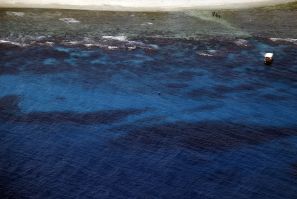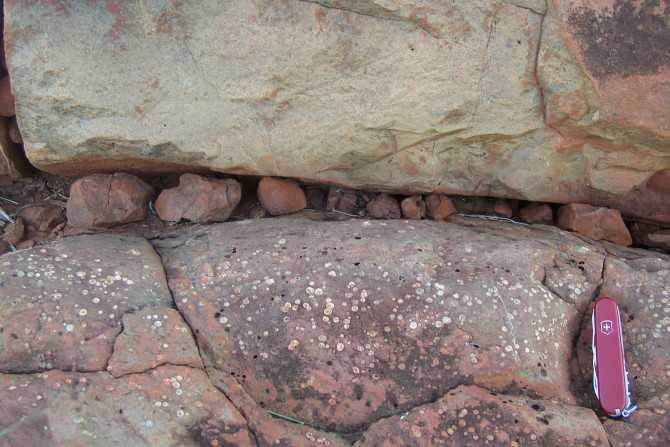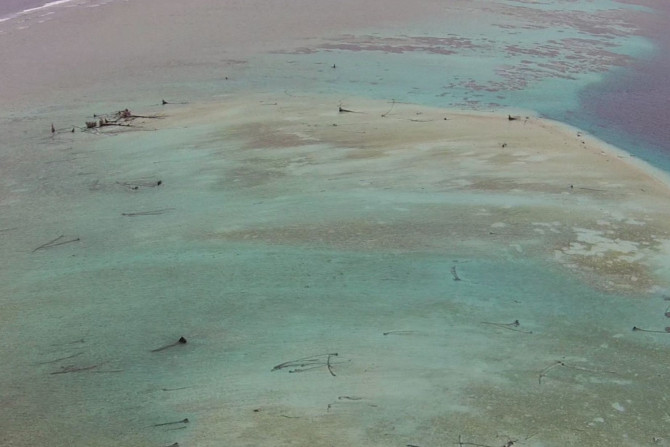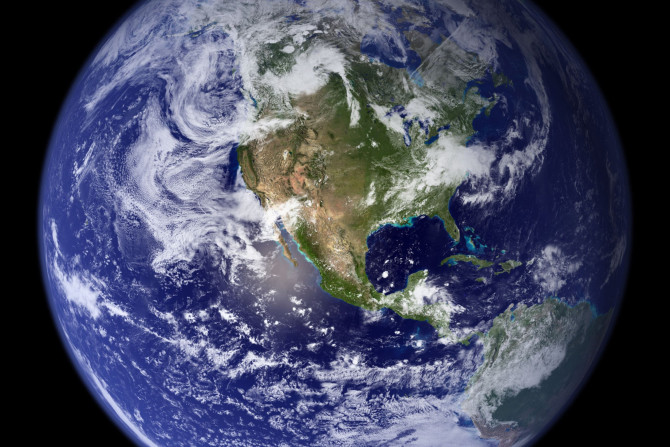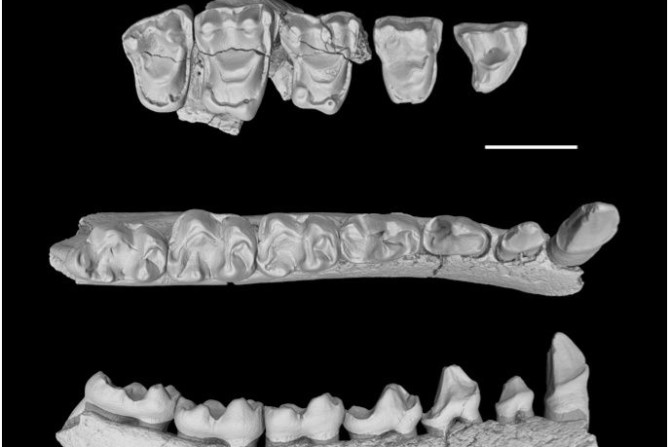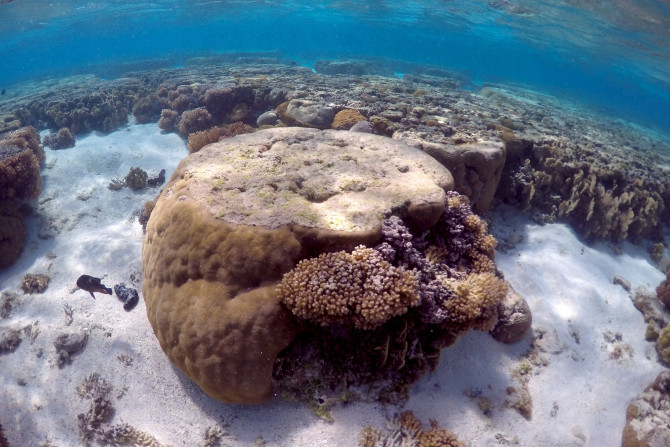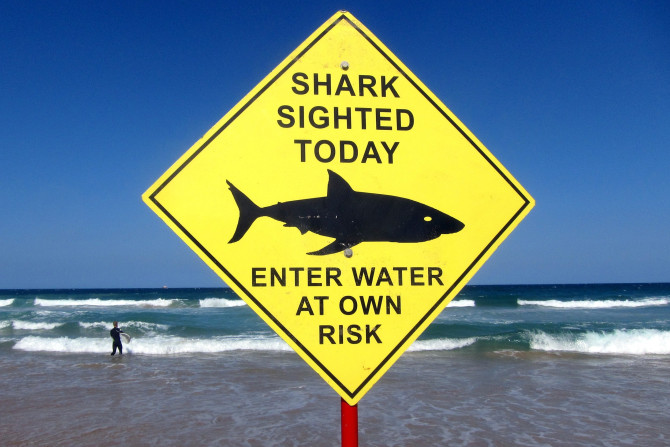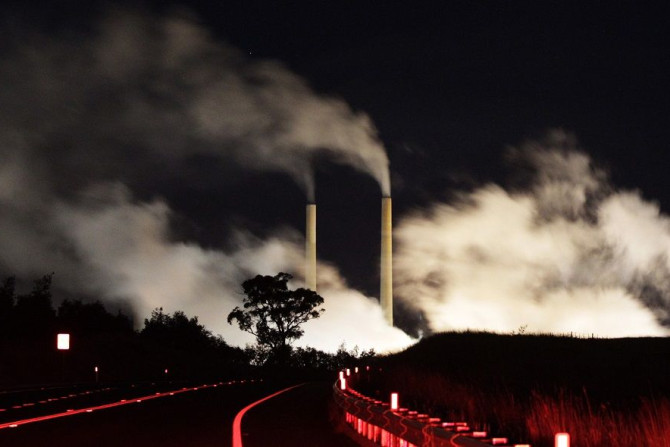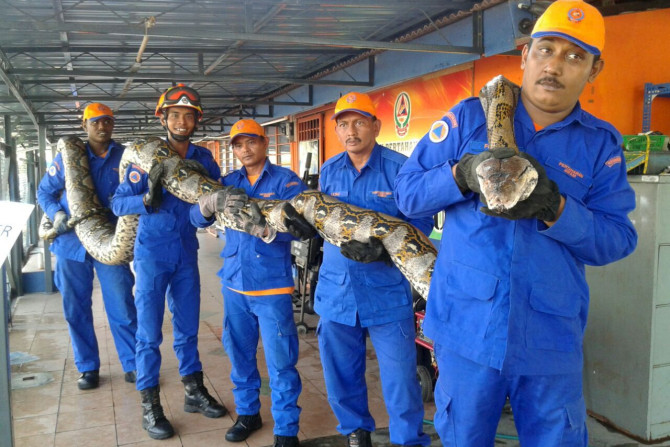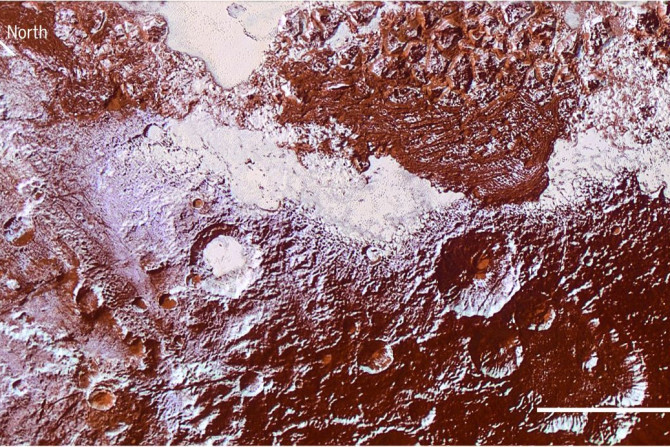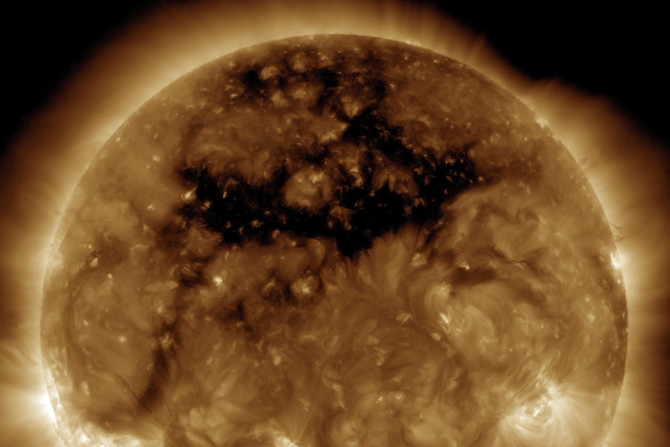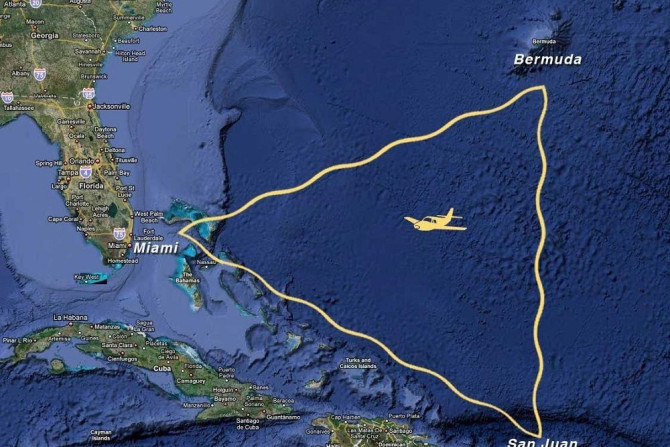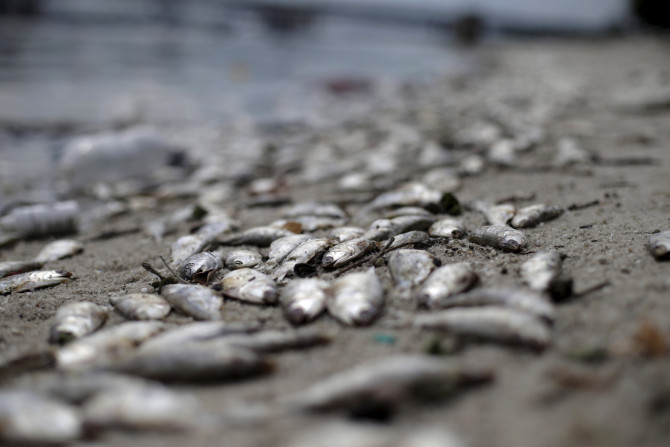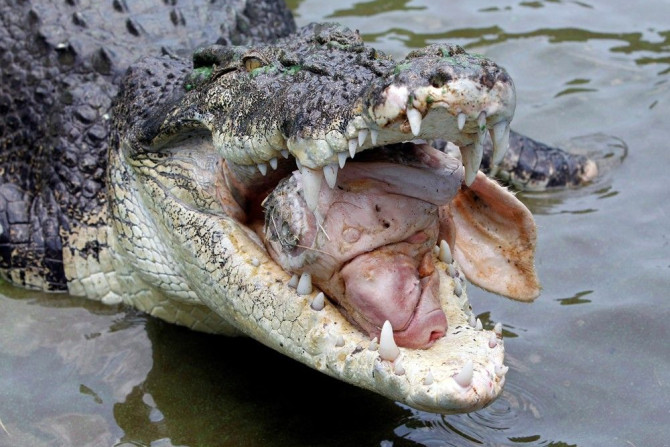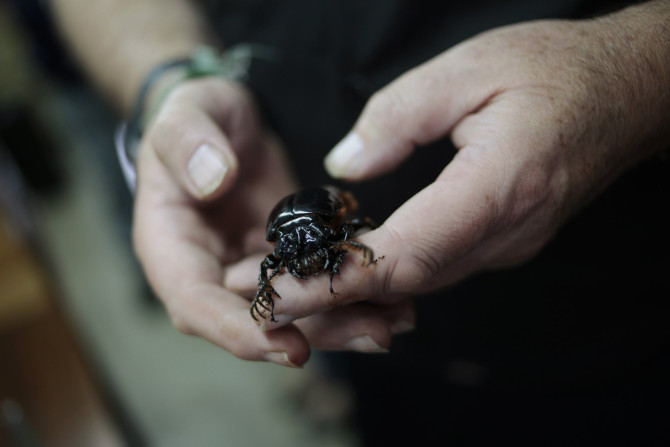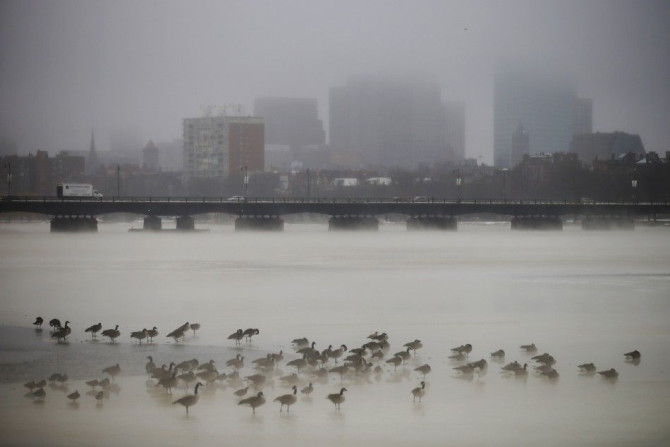As the sun was 20 percent less luminous 2.7 billion years ago, earth would have been covered in ice if it had similar atmospheric conditions prevailing now. Still, life prevailed.
Ritwik Roy May 10, 2016
In March, NASA scientist James Hansen, who is well-known for his studies on climate change, estimated that in the coming century, sea levels may rise by seven metres.
Ritwik Roy May 10, 2016
Researchers from Columbia University have suggested various measures to combat doomsday, such as uploading human minds to machines or altering earth’s orbit by launching an asteroid.
Ritwik Roy May 09, 2016
As anthropoid primates, from whom monkeys, apes and humans came, first appeared in Asia, it is important to understand their fate on the continent to find out more about human evolution.
Ritwik Roy May 06, 2016
Director of ARC Centres of Excellence, professor Terry Hughes, is vigorously spreading awareness on the condition of the Great Barrier Reef and criticising authorities for not taking appropriate actions.
Ritwik Roy May 05, 2016
Shark policy expert Christopher Neff wants makers of the technology to study the total ecological impact of the cable. However, he is pretty upbeat about the new shark deterrent cable.
Ritwik Roy May 03, 2016
Oxygen levels in the seas are falling at an alarming rate and widespread evidence of the trend will be evident 2030 onward. Climate change makes oceans turn over less.
Ritwik Roy Apr 29, 2016
Greens have revealed their plans of taxing coal and using proceeds in the conservation of Australia’s Great Barrier Reef after it goes under threat of destruction from coral bleaching.
Ritwik Roy Apr 28, 2016
The discovery of the new reef system in the mouth of the Amazon River is capable of providing scientists a broader view of the reef community, its variations and changes.
Ritwik Roy Apr 24, 2016
To meet Australia's commitment to the Paris Climate Change Agreement, an economic modelling suggest closing coal-fired power plants and sourcing 90 percent of its electricity from renewable sources.
Vittorio Hernandez Apr 15, 2016
The Great Barrier Reef may lose out to mining giant Adani as State and Federal governments are favouring the mining giant more than the world heritage site.
Ritwik Roy Apr 14, 2016
Construction workers posed for photos after capturing the Malaysian python. They stretched the python over their shoulders while the noose was still tight on its neck. It died soon afterwards.
Ritwik Roy Apr 12, 2016
It is possible that amino acids, ribose and molecules in cell membranes were all made in space and then hurled at Earth in the form of a comet or meteorite to start life.
Ritwik Roy Apr 10, 2016
Pictures of Pluto taken from New Horizons have revealed features possibly carved by liquids. The photos also show a possible frozen lake located just north of Sputnik Planum.
Ritwik Roy Mar 30, 2016
Three new green products provide users more safety as well as savings.
Vittorio Hernandez Mar 23, 2016
Mars became inhabitable due to a lack of a magnetic field protection like that of Earth. Mars is barren and vulnerable to Sun’s intense solar winds.
Ritwik Roy Mar 18, 2016
Norwegian scientists forward the theory that methane gas explosions from the ocean floor explain why aircraft and ships disappearing when passing the Bermuda Triangle.
Vittorio Hernandez Mar 16, 2016
The US and Canada will work together to reduce methane emissions by 40-45 percent of 2012 levels.
Zac Crellin Mar 11, 2016
Parts of the Great Barrier Reef are facing permanent destruction due to the current El Nino. Award-winning environmental photographer Gary Braasch died documenting the climate change impact on the reef.
Ritwik Roy Mar 09, 2016
High levels of carbon monoxide readings trigger speculation on possibility of big quake rocking California.
Vittorio Hernandez Mar 07, 2016
Scientists believed the experiment wouldn’t be fruitful as Challenger Deep is supposedly the deepest, hence, the quietest place on Earth. But they were wrong.
Ritwik Roy Mar 03, 2016
Indonesian authorities, having learned lessons from 2004, immediately issues tsunami warning when strong tremor rocks Sumatra before 7 pm on March 2, Wednesday.
Vittorio Hernandez Mar 03, 2016
If your special Valentine’s Day 2016 treat is seafood, you may be consuming toxic pollutants that can have serious health hazards, though there is good news.
Ritwik Roy Jan 29, 2016
A mysterious weather system in the tropical Indian and Pacific Oceans, known as MJO, hits the Earth with a collection of rainstorms and disappears after 45 days to rebuild.
Ritwik Roy Jan 28, 2016
Scientists say that the large frill found in Protoceratops was used for showing off to potential mates and asserting social dominance, the same practice animals have today.
Donald Acosta Jan 15, 2016
Palaeontologists have found the remains of Machimosaurus rex, a massive crocodile, which could prove that not all animals died during the theorised mass extinction.
Donald Acosta Jan 13, 2016
Weird as it may sound, scientists have actually built the world’s first cinema meant only for insects.
RENU RANGELA Jan 13, 2016
Researchers from the University of Exeter observed that female burying beetles are more attracted to small partners because they are less likely to get into fights.
Donald Acosta Jan 13, 2016
European scientists have warned that the world faces an imminent threat from a supervolcano erupting and killing millions of people, thus devastating the Earth.
RENU RANGELA Jan 08, 2016
The plans of using a portion of Tinian as a proving ground will destroy the entire species of the Tinian monarch.
Donald Acosta Jan 08, 2016




